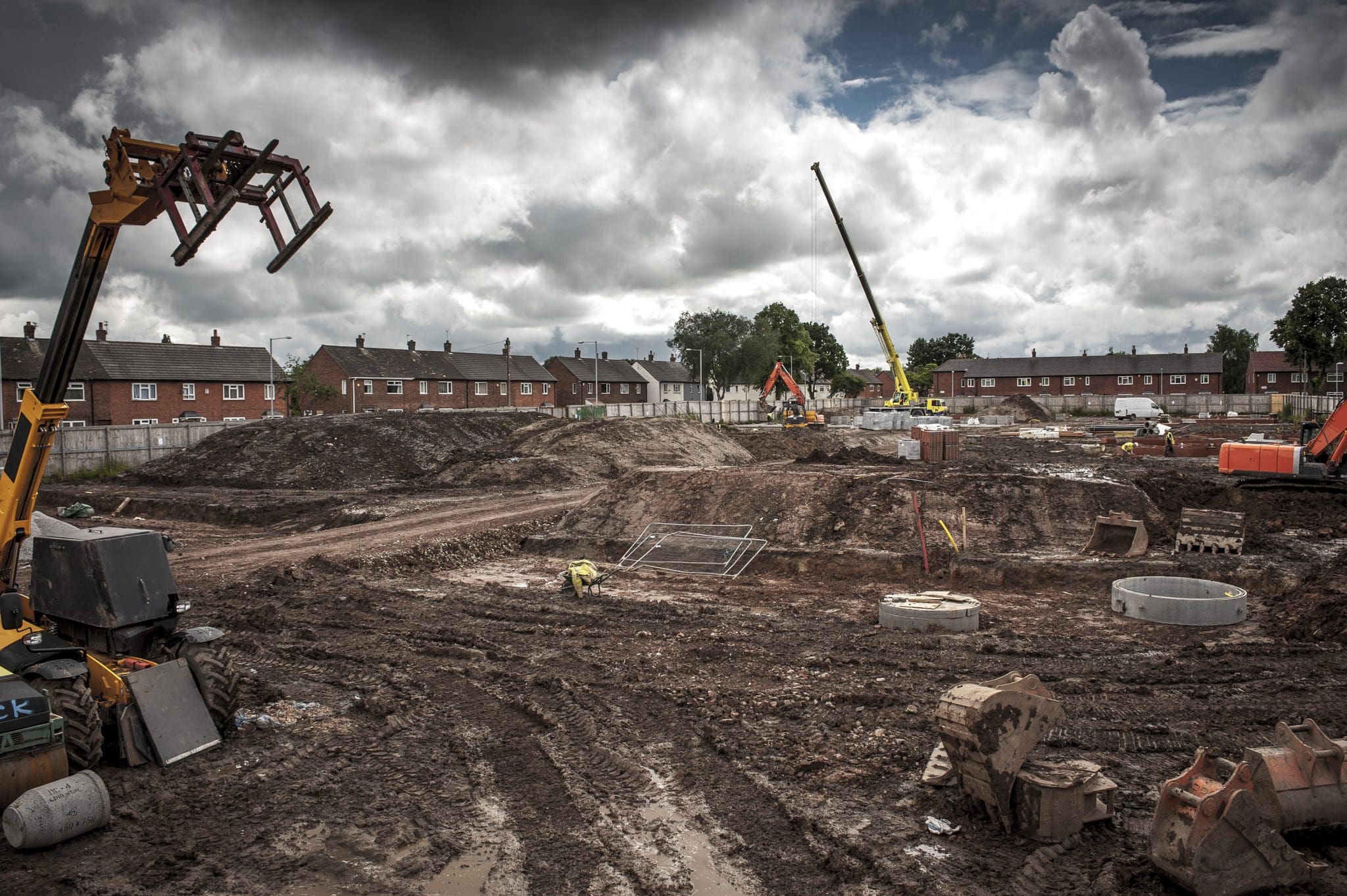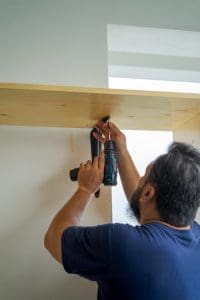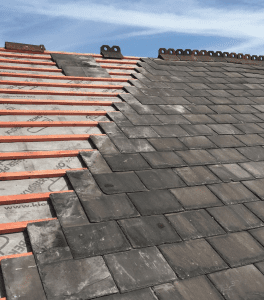Construction is an impressive display of our capabilities and creativity, representing a significant part of the economy worldwide. Yet, even the best-laid plans can be derailed by unexpected damage. When such disruptions occur, they can feel daunting, but they also offer an opportunity for resilience and growth. At 3D Construction, I’ve seen firsthand how expert damage management strategies can turn these setbacks into moments of progress. Here’s an in-depth look at how we address common types of unexpected damage and use these challenges to enhance our projects.
Common Types of Unexpected Damage in Construction Projects
No matter the planning, unforeseen damage can affect construction projects. In my experience, these are the types that tend to be most common:
- Weather-Related Incidents: The weather can surprise us, impacting sites in various ways:
- Heavy rains can lead to site flooding and compromise foundations.
- Hailstorms can damage both materials and equipment.
- Strong winds, particularly during construction stages, can disrupt unfinished structures.
- Human Error: Even experienced teams can make mistakes that turn minor issues into major setbacks:
- Unintentional structural harm due to oversight or miscalculations.
- Damage that requires immediate corrective action to keep the project stable and on track.
- Subterranean Surprises: Discoveries below ground often create unexpected obstacles:
- Hitting unmarked utility lines or pipes, causing costly and sometimes dangerous complications.
- Discovering bedrock or archaeological sites, which can delay progress and require careful adjustments to the project plan.
Swift Response as a Vital Strategy
Unexpected challenges are part of the construction journey, and successful navigation requires swift and strategic responses. By addressing issues as soon as they arise, teams can keep projects on track, protect valuable resources, and ultimately deliver high-quality results. Being proactive not only keeps projects moving forward but also ensures that issues are tackled before they grow, maintaining both quality and safety.
Minimising Long-Term Damage
Effective damage management is rooted in identifying vulnerabilities early. With advanced diagnostic tools, we can detect issues before they become major setbacks. By closely documenting and continuously monitoring our sites, we gather valuable insights that allow us to preemptively address potential problems. In doing so, we incorporate quality control and risk management practices directly into our work routines, enabling us to avoid long-term issues and create a more resilient project outcome.
Avoiding Project Delays with Strategic Planning
Staying within budget and on schedule in construction is no small feat, but with the right approach, it’s entirely possible. At 3D Construction, we use several key strategies to avoid unnecessary delays:
- Clear Communication: Establishing a regular communication structure with our team helps us to spot and address challenges early.
- Identifying Problems Beforehand: Proactively identifying obstacles before they escalate can prevent setbacks and keep us on course.
- Harnessing Advanced Technology: Predictive tools allow us to track timelines, anticipate delays, and make real-time adjustments.
- Focusing on Improvement: We review and refine our processes throughout the project, which enhances our ability to handle unexpected issues smoothly.
Prioritising Safety for Workers and Equipment
On any construction site, safety is paramount. Vigilant safety practices, regular training, and robust protocols reduce risks for both team members and equipment. Regular equipment maintenance, timely repairs, and adherence to safety standards ensure a safe work environment, minimising potential hazards and malfunctions that could compromise the project.
Effective Strategies for Water and Fire Damage
Responding to water and fire damage requires precise, informed action. Through systematic protocols, we handle these issues with care and efficiency. First, we assess the damage immediately and thoroughly, documenting each detail. When severe damage is evident, we bring in specialists for fire and water restoration. After determining the best approach, we execute a tailored plan, such as water extraction or fire damage repair, and replace damaged materials as needed. This structured approach ensures the integrity and quality of the restoration process, allowing us to get back on track with minimal disruption.
Proactive Measures to Reduce Risks
Preventative strategies are essential for risk mitigation in construction. Here’s how we prioritise prevention:
- Detailed Site Assessments: We start with a comprehensive site evaluation to pinpoint vulnerabilities and devise a solid risk management plan.
- Risk-Reducing Strategies: By focusing on safety and preparedness, we build a culture that’s prepared to manage risks as they arise.
- Open Communication: Consistent communication among all stakeholders helps everyone stay aligned on both immediate goals and long-term resilience.
- Predictive Analysis: Advanced analytics help us anticipate potential issues, allowing us to adjust our plans accordingly.
- Embracing Challenges as Opportunities: We view unexpected challenges as chances for growth and advancement, focusing on how they can improve our future projects.
Expert Tools and Resources for Damage Management
Successfully managing damage requires a toolkit of advanced technology and resources:
- Laser Scanning and 3D Modelling: These tools give us precise structural insights, aiding in both initial planning and damage assessment.
- Drone Surveying: Drones allow us to inspect sites safely and efficiently, optimising both safety and accuracy.
- Simulation Software: By simulating potential damage scenarios, we can develop proactive solutions before issues arise.
- Investing in Modern Tools: Access to the latest technology means we can respond faster and more effectively, preserving resources and enhancing overall project resilience.
Conclusion
Dealing with unexpected damage in construction can be challenging, but with the right mindset and strategies, these challenges become opportunities for growth. At 3D Construction, we embrace a culture of continuous improvement, using each project as a chance to learn, adapt, and become stronger. By proactively managing risks, using innovative tools, and staying flexible, we ensure that every project not only recovers from setbacks but emerges better equipped for the future. This approach allows us to overcome the unpredictabilities of construction and deliver resilient, high-quality projects that meet and exceed expectations.




